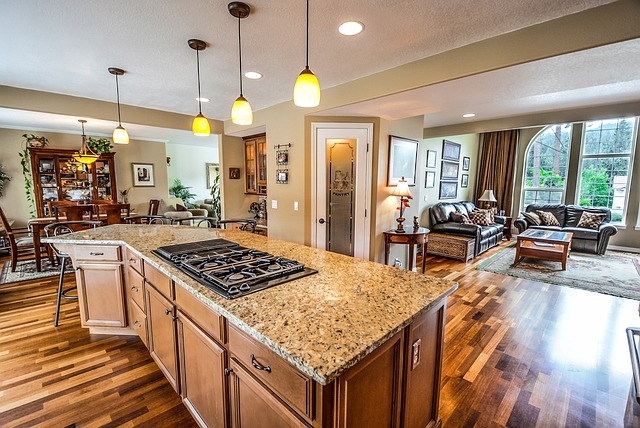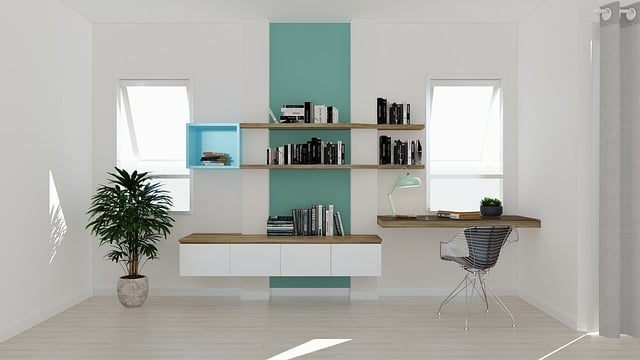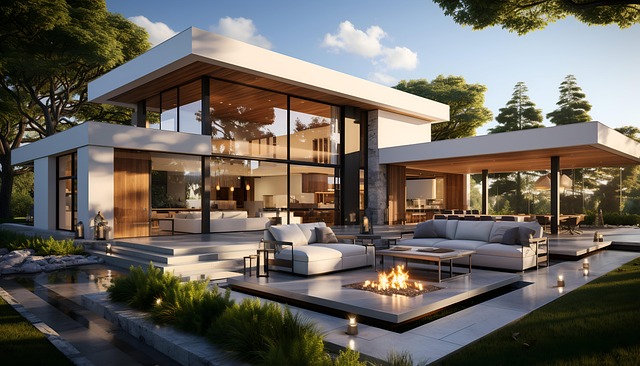Category: Residential Plant Design
Residential Plant Design: Shaping Urban Spaces with Nature’s Touch
Introduction
Welcome to an exploration of residential plant design, a dynamic field that fuses architecture, landscaping, and urban planning, creating harmonious living environments enriched by greenery. This article aims to guide readers through the intricate world of designing green spaces within residential settings, from historical foundations to contemporary innovations. By delving into various aspects, we will uncover the profound impact this discipline has on our lives, communities, and the environment.
Understanding Residential Plant Design: A Definition and Its Essence
Definition: Residential plant design refers to the strategic placement, selection, and integration of plants and vegetation within residential properties, be it individual homes, apartment complexes, or urban neighborhoods. It involves a holistic approach that considers aesthetic appeal, functional requirements, environmental sustainability, and cultural significance.
Core Components:
-
Plant Selection: Choosing suitable plant species based on factors like climate, soil conditions, and the desired visual impact. Native plants are often favored for their ecological benefits and low maintenance.
-
Landscape Architecture: Designing the layout of planting areas, paths, and structural elements that support plant life, ensuring functionality and visual harmony.
-
Eco-Friendly Practices: Incorporating techniques such as rainwater harvesting, compost systems, and native landscaping to promote biodiversity and reduce environmental impact.
-
Community Engagement: Involving residents in design processes fosters a sense of ownership and encourages responsible plant care.
Historical Context:
The concept of residential plant design has deep roots dating back to ancient civilizations. From the intricate gardens of Egypt and China to the formal parterres of European châteaux, humans have long sought to integrate nature into their living spaces. However, the modern approach gained momentum in the 20th century with the rise of sustainable architecture and landscape design movements. Architects and designers began recognizing the therapeutic benefits of greenery, leading to a surge in interest during the post-World War II era when suburban expansion brought new opportunities for residential landscaping.
Global Impact and Trends: A Green Revolution Across Borders
Residential plant design transcends geographical boundaries, leaving an indelible mark on diverse regions:
-
North America: The United States and Canada have seen a trend towards eco-friendly, low-maintenance landscapes, driven by water conservation efforts. Native plant gardens and xeriscape designs are gaining popularity in suburban areas.
-
Europe: With a rich history of garden design, Europe embraces diverse styles, from the formal French gardens to the informal English countryside look. Recently, there has been a focus on sustainable urban drainage systems and green roofs to combat urbanization’s environmental challenges.
-
Asia: Japan’s traditional Zen gardens and China’s classical landscaping showcase a deep connection with nature. Today, Asian cities like Singapore are leading in vertical gardening, transforming concrete jungles into verdant oases.
-
Latin America: Tropical climates present unique opportunities for lush, vibrant landscapes. Brazil, known for its vibrant culture, incorporates native vegetation and water features to create inviting outdoor spaces.
Economic Considerations: A Growing Market with Multiple Dimensions
The global residential plant design market is experiencing significant growth, driven by several economic factors:
| Market Drivers | Impact |
|---|---|
| Urbanization: Rapid city expansion increases demand for green spaces within urban areas. | Enhances quality of life and reduces the urban heat island effect. |
| Sustainability Focus: Governments and homeowners are embracing eco-friendly practices. | Promotes water conservation, improves air quality, and supports biodiversity. |
| Real Estate Value: Well-designed landscapes can increase property values. | Attracts buyers and ensures long-term investment returns. |
| Health and Wellness: Green spaces contribute to improved mental and physical well-being. | Reduces stress, encourages outdoor activities, and fosters a sense of community. |
Investment Patterns:
-
Homeowners: Many individuals are investing in landscaping as a way to enhance their living environments and property values.
-
Real Estate Developers: Commercial developers recognize the appeal of green spaces, incorporating them into residential projects to attract buyers and tenants.
-
Government Initiatives: Public sector investments in urban greening demonstrate a commitment to sustainable cities and improved citizen well-being.
Technological Advancements: Digital Tools for Green Innovation
Technology is revolutionizing residential plant design, offering innovative solutions and enhancing efficiency:
-
3D Modeling Software: Designers can create detailed digital models of landscapes, allowing clients to visualize the final result before construction begins.
-
Drones: Aerial photography and mapping using drones provide precise data for site analysis and design implementation.
-
Smart Irrigation Systems: Technology-driven irrigation controls water usage, ensuring plants receive optimal hydration while conserving resources.
-
Plant Identification Apps: Mobile applications enable users to identify plant species, providing valuable information for selection and care.
Policy and Regulation: Nurturing a Green Environment through Governance
Key policies and regulations play a pivotal role in shaping residential plant design practices globally:
-
Zoning Laws: Local governments dictate land use, including restrictions on property development and landscaping requirements.
-
Environmental Regulations: These ensure the protection of natural resources, water quality, and biodiversity during construction and maintenance.
-
Building Codes: Incorporating green building standards encourages sustainable design practices and energy-efficient landscapes.
-
Incentives and Subsidies: Governments may offer financial incentives to encourage homeowners and developers to adopt eco-friendly landscaping.
Case Study: The Impact of Green Spaces in Urban Settings
Location: London, United Kingdom
Challenge: Transform a concrete-dominated urban area into a vibrant green space that connects residents with nature.
Solution: The creation of a community garden and park featured native plants, water features, and communal seating areas.
Outcomes:
-
Improved Mental Health: Increased greenery reduced stress levels and enhanced overall well-being among residents.
-
Community Engagement: The space became a hub for social activities, fostering a sense of belonging and community interaction.
-
Biodiversity: Native vegetation attracted local wildlife, contributing to a healthier urban ecosystem.
Challenges and Future Directions: Navigating the Path Ahead
Despite its numerous benefits, residential plant design faces challenges:
-
Water Scarcity: Drought-prone regions require innovative solutions for water-efficient landscaping.
-
Urban Sprawl: Managing green space development in rapidly expanding cities is crucial to preserve open areas.
-
Maintenance and Longevity: Ensuring sustainable maintenance practices is essential to keep landscapes thriving over time.
Future trends may include:
-
Vertical Gardening: Maximizing vertical spaces on buildings to create urban farms and green oases.
-
Smart Landscapes: Integrating IoT (Internet of Things) devices for real-time monitoring and control of plants and environmental conditions.
-
Cultural Diversity in Design: Celebrating regional plant traditions and indigenous knowledge to create inclusive landscapes.
Conclusion: A Green Revolution in the Making
Residential plant design is a dynamic discipline that continues to evolve, driven by ecological consciousness, technological advancements, and cultural exchange. As cities expand and communities seek ways to connect with nature, the importance of green spaces becomes ever more evident. By embracing sustainable practices and innovative solutions, we can create residential environments that not only enhance our lives but also nurture the planet for future generations.
Elevate Your Indoor Jungle with Custom Container Planters
Residential Plant Design: Nature’s Key to Relaxation and Well-being
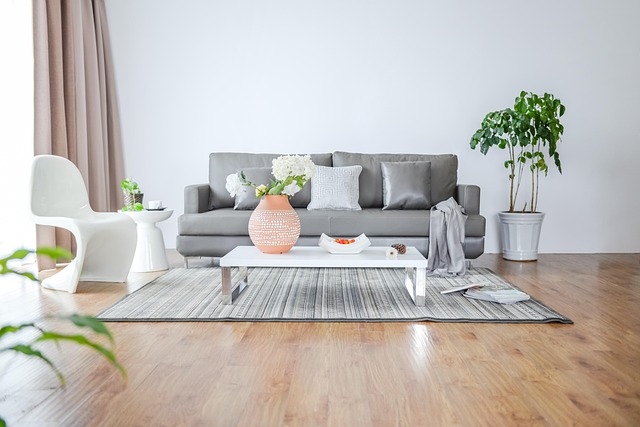
Residential plant design leverages nature to enhance home environments. By integrating greenery like…….
Curate Your Luxury Home with Personalized Plant Design

Luxury home plant design requires understanding interior decor and light conditions to select plants…….
Elevate Your Home with Custom Home Plant Styling: Terrariums & Moss Walls
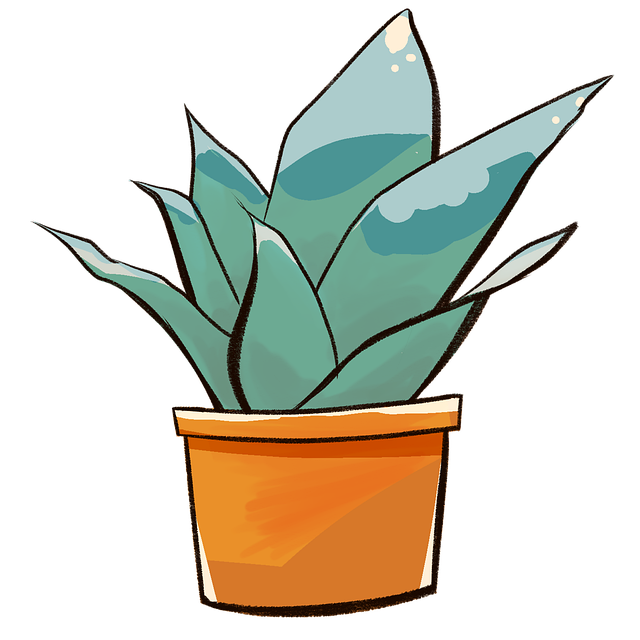
Custom home plant styling trends include terrariums and moss walls, offering low-maintenance, aesthe…….
Biophilic Design: Indoor Jungle Solutions for Relaxation
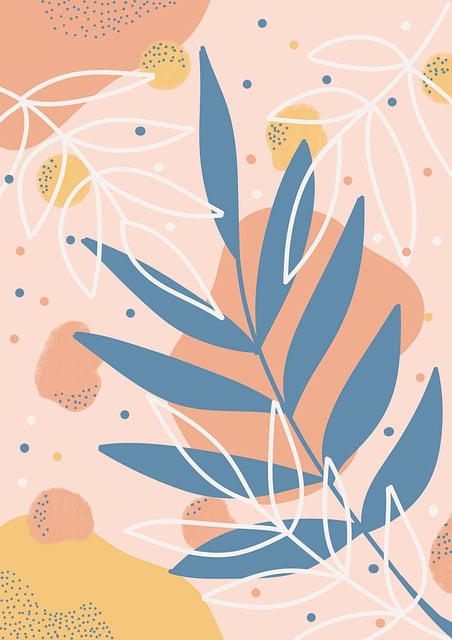
Biophilic design uses natural elements indoors to promote well-being and tranquility. Indoor jungle…….
Cultivate a Personalized Indoor Garden with Ease
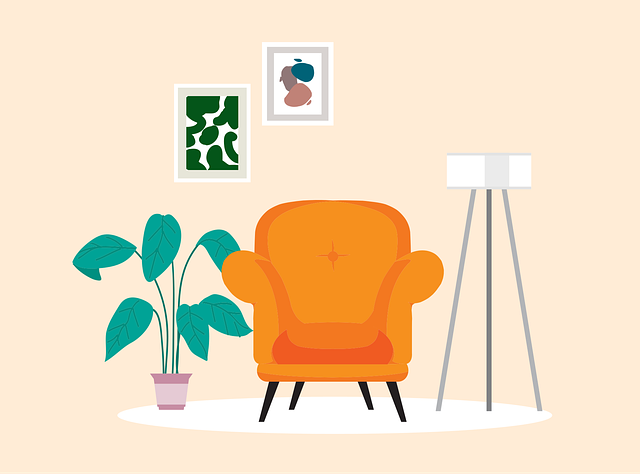
Create a personalized indoor garden with low-maintenance houseplants like snake plants, ZZ plants, a…….
Revolutionize Indoor Jungle Care with Smart Irrigation
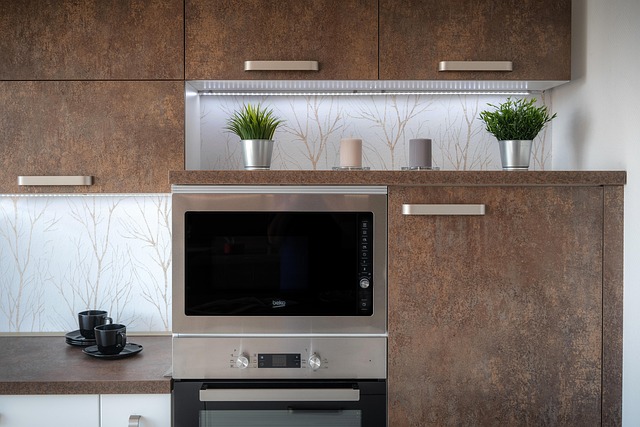
Smart irrigation systems revolutionize indoor plant care for those embracing the indoor jungle desig…….
Strategic Plant Placement for Optimal Growth in Homes
Elevate Your Home: Custom Plant Design & Arrangement Services
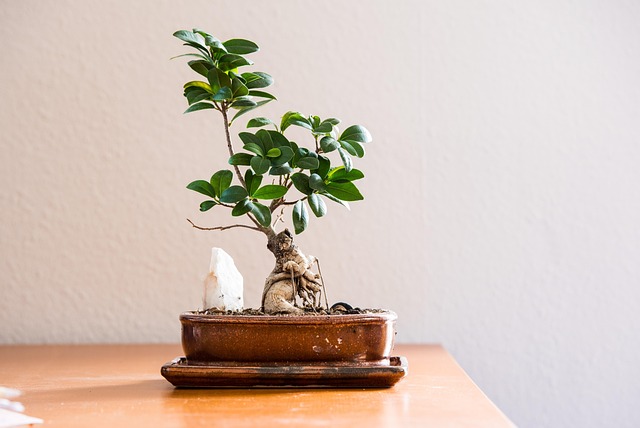
Before designing an indoor plant layout, measure space and assess light levels. Curate plants based…….
